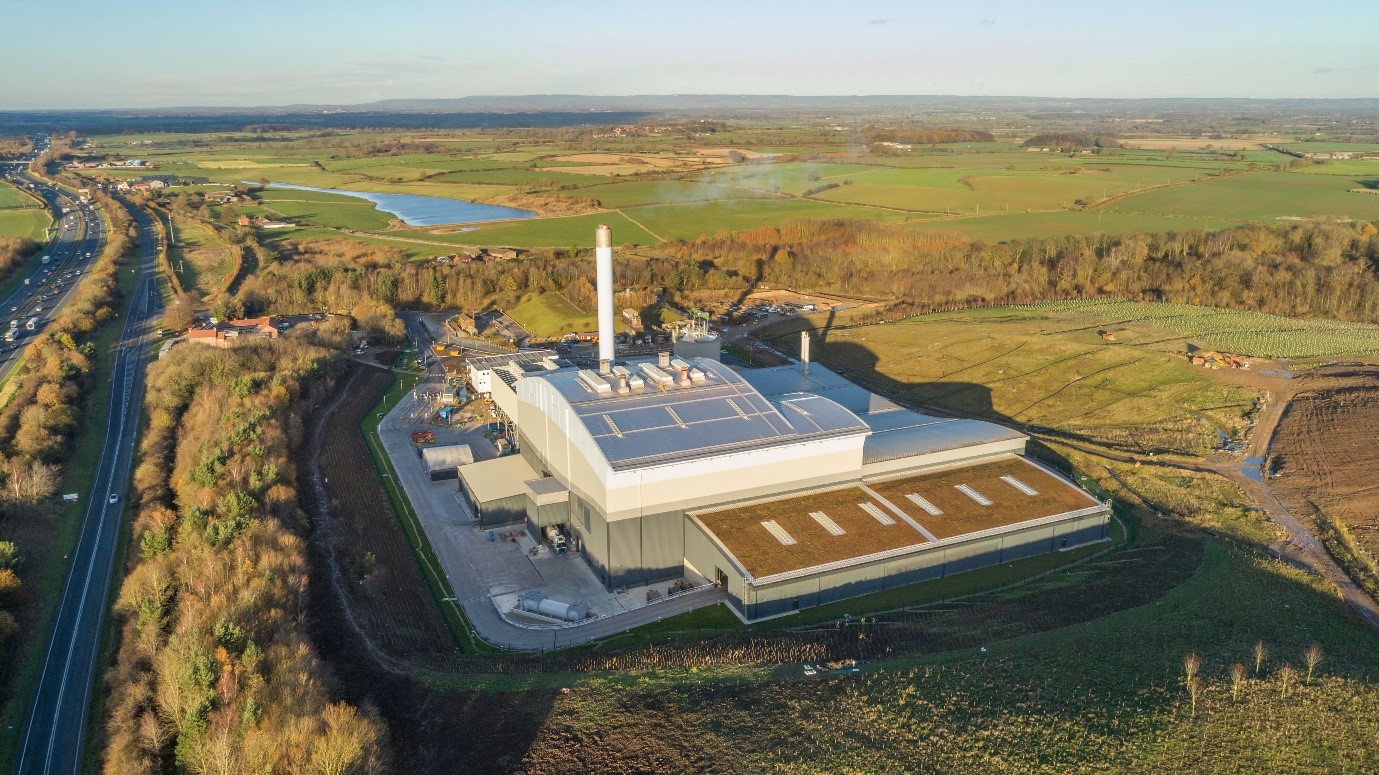Ahead of this week’s Energy from Waste Conference in London, we spoke to MD, David Speddings about the sector, debunking some of the common myths, and what he expects some of the key discussion points to be…
In a nutshell, what are Energy from Waste (EfW) facilities?
Human beings are always going to generate waste, on domestic, commercial and industrial scales. Whilst most people are familiar with the ‘Reduce Reuse Recycle’ triangle, and sort their waste accordingly, there will always be a portion that doesn’t fit into this hierarchy and has to be treated separately. This is known as residual waste and the latest industry report* reveals the UK generates 70,000 tonnes every day.
Historically, this was managed with landfill but the UK’s capacity for this is expiring and over the past 20 years there’s been a significant shift away from this, and towards EfW plants. These robust and complex processing facilities treat circa 14.0Mt (megatonnes) of waste annually, typically through incineration, and turn it into a useable form of low carbon energy such as heat or electricity. In addition, the resulting ash can generally be rescanned for recyclable materials and reused as a component for road or block construction.
What’s the impact of these facilities on our climate?
Unfortunately, the long-term legacy of landfill is negative and by association, EfW facilities are still highly controversial. There’s a perception that they’re just pollutants, releasing harmful toxins but studies have repeatedly proven this isn’t the case – emissions are clean, monitored and controlled. This being said, their main function is a combustion process so obviously there’s questions over CO2 emissions and this is one of the issues the sector is still tackling. I’ve seen examples from overseas of successful carbon capture plants and this is something I’m sure will be on this week’s agenda.
What are the challenges for development in this sector?
Fundamentally they’re high-risk. Securing planning permission can be an extremely lengthy process, in some cases up to a decade, as often these facilities are politically sensitive and so heavily challenged. In addition, if they’re over a certain size they’re considered national infrastructure so need ministerial approval, which adds further time to the process.
Once planning is secured, the way construction is procured is equally challenging. Worldwide, there are only a handful of companies that supply the technology and kit for these facilities and due to its size, the building has to be built around it. This limits the pool of contractors, and any manufacturing or shipping delays will have significant impact as parts aren’t readily available/replaceable.
Furthermore, all new EFW facilities have to be district heat enabled and the costs to create these networks are extremely capital heavy. I strongly believe there should be government targets to incentivise this, and again, this is a topic I expect to hear more on this week.
Do all EfW facilities have to be new?
Most EfW plants have a lifespan of around 25 years, which will include a major refurbishment. After this, the technology has advanced so much that existing infrastructure is either inefficient, obsolete, or simply not feasible to upgrade meaning a replacement becomes necessary. One of our current projects is such a replacement and will see a £1.2bn hub built at Edmonton EcoPark South for North London Waste Authority, one of the UK’s largest authorities managing seven Boroughs.
What topics are you specifically looking forward to hearing about at the EfW Conference?
I read a report* from Defra recently that confirmed more than half the waste treated as residual is readily recyclable so there’s still much to be done by the industry in terms of public awareness and understanding, which I’m keen to explore. Similarly, we’ve got to address the disconnect between people generating waste yet not wanting anywhere to treat it near their homes; the perception of EfW facilities must evolve. Further education and visibility on the benefits they create in terms of cheap and heat and power, as seen in countries like Denmark, is needed so this is another topic I hope is discussed.
Finally, I’m sure there’ll be much debate on decarbonisation and the routes to achieve this; integration with other renewable energy sources; any advances in technology, policy and funding; and how EfW can combine better with regional and local systems.
* UK Energy from Waste Statistics – 2020, May 2021 https://www.tolvik.com/wp-content/uploads/2021/05/Tolvik-UK-EfW-Statistics-2020-Report_Published-May-2021.pdf
** Resources and Waste Strategy: Monitoring Progress, November 2021 https://assets.publishing.service.gov.uk/government/uploads/
system/uploads/attachment_data/file/1036297/resource-waste-monitoring-progress-second-edition-nov-2021.pdf


